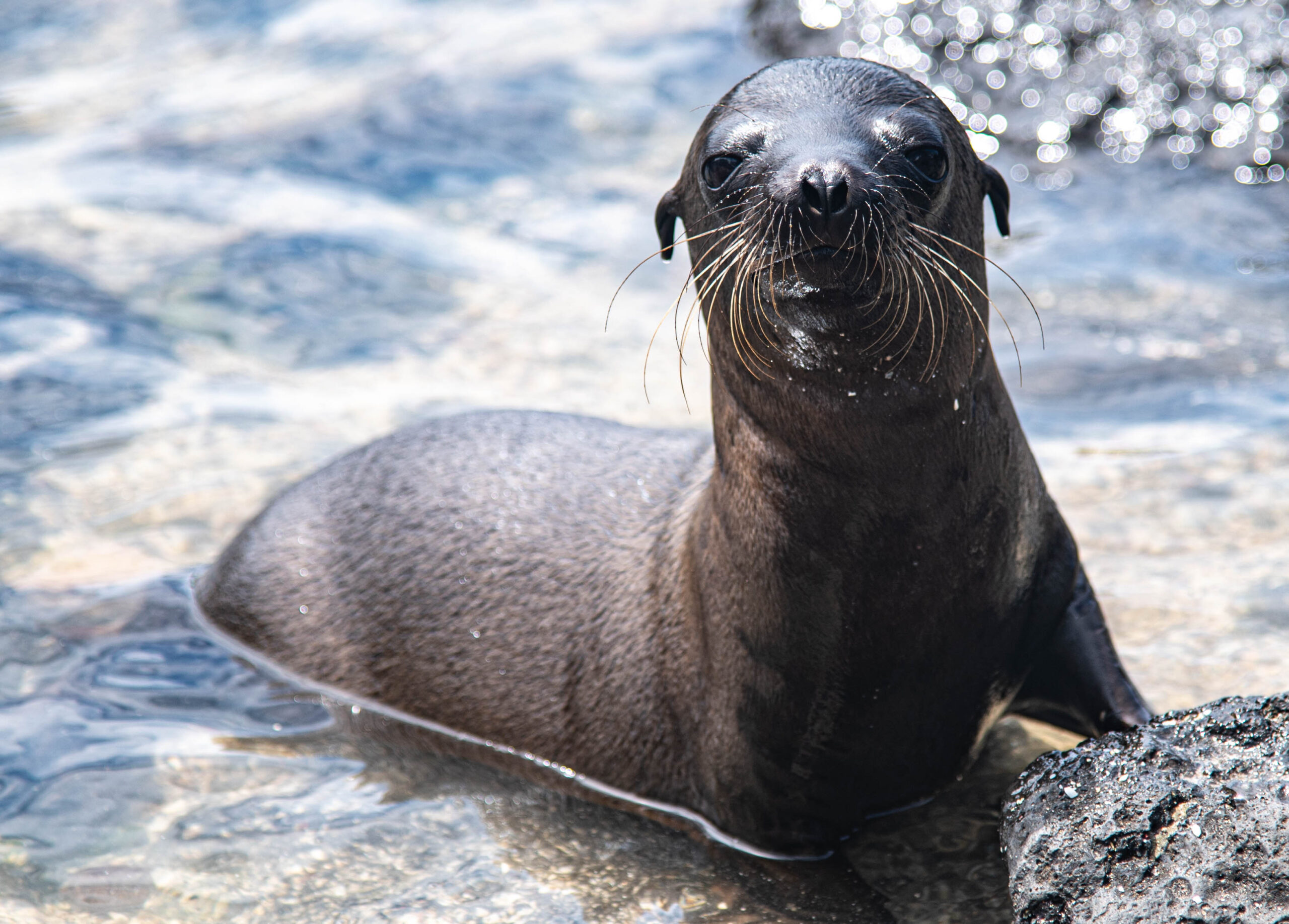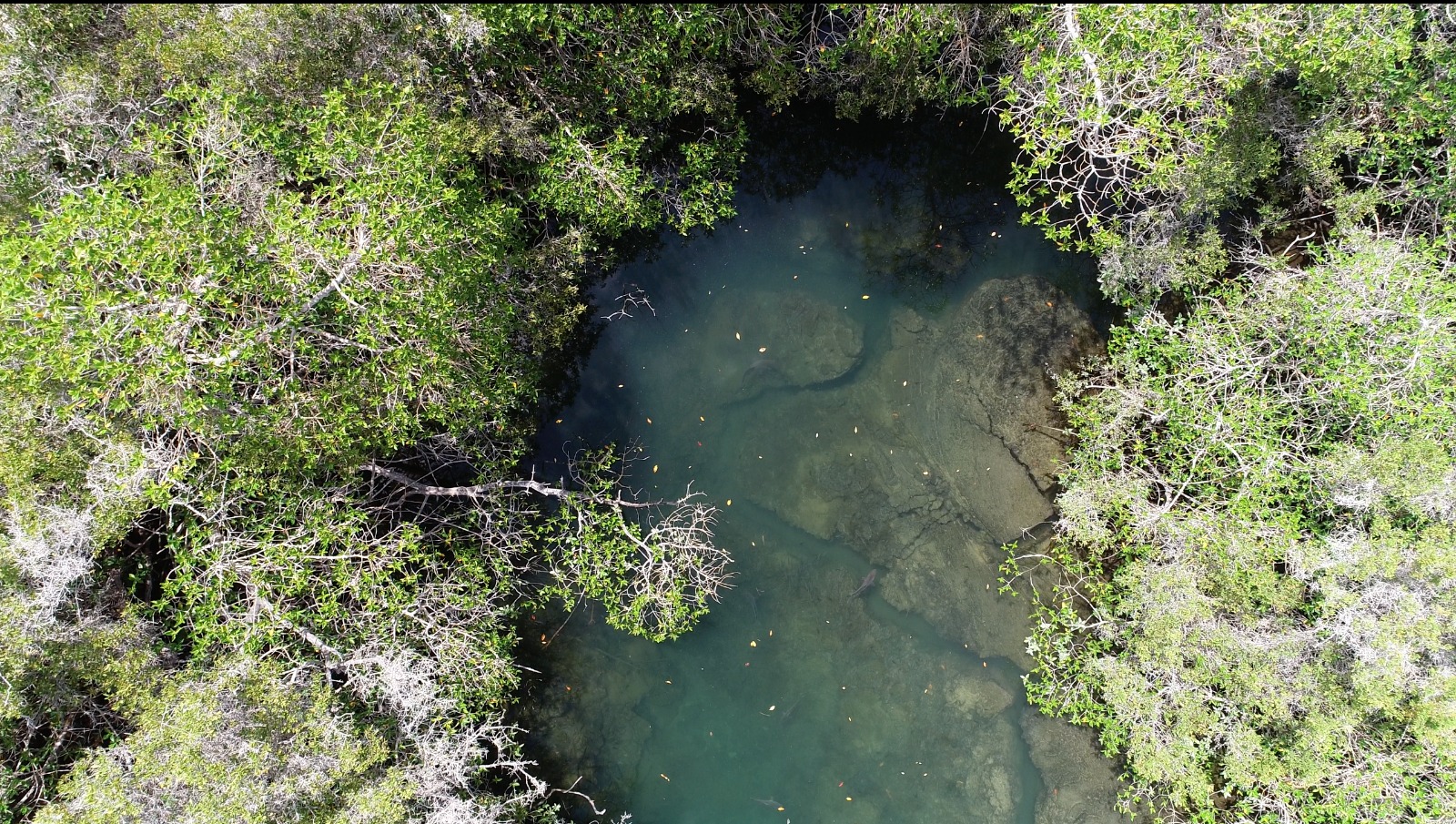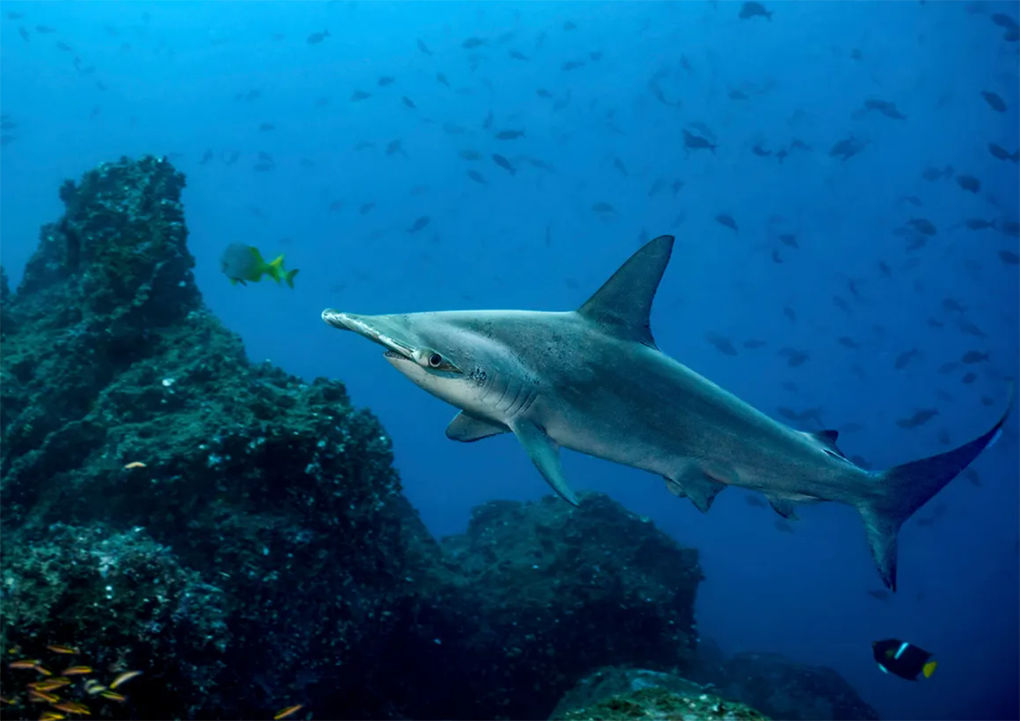The delegation toured the GSC facilities, which will become one of the 7 biobanks located in Ecuador. The network of bio centers will be made up of laboratories where genetic and biological material will be stored, with the main objective of saving and safeguarding these invaluable resources of Ecuador.
A biobank constitutes a repository of biological samples that allows the preservation of natural resources and offers opportunities for the study of aspects of evolutionary biology, the health of populations and ecosystems, and analysis of environmental contaminants. According to María de Lourdes Torres, GSC researcher and director of the USFQ Biotechnology area, “Ecuador is a mega-diverse country, and the Galapagos Islands are unique ecosystems of biological interest for all of humanity. Genetic resources are the wealth that a country has, yet unfortunately, many are lost because ecosystems are altered due to overexploitation, generated by human activities such as fishing or agriculture. That is why biobanks are so important – they are a place that houses and preserves samples of living beings, in favor of the conservation of biodiversity.”

For the GSC, the biobank project is one of its most emblematic initiatives that originated in 2018. It has the technical advice and support of researchers and professors from USFQ and UNC, who have laid the foundation to create a space at the GSC for the collection and storage of biological samples. These samples are then used for research carried out in Galapagos, focused on providing solutions for the conservation and sustainable use of biodiversity on the islands. Currently, the GSC biobank houses biological samples of sharks and guayabillo and guava, two endemic and introduced plant species, respectively. These samples are stored in a laboratory designed to systematize them and keep them in ideal storage conditions, taking into account biosafety standards. “The GSC biobank has ultra-freezing equipment that reaches temperatures of -80 degrees Celsius, which allows the maintenance of the integrity of biological samples. Similarly, there is a software known as Freezer Pro, which keeps us informed of the type of samples, their volume, their description, and their position inside the freezer. This helps us keep the biobank database up to date and easily access the samples,” mentions Stuart Torres, Coordinator of the GSC biobank.
The GSC biobank is in its pilot phase, which consists of the adaptation of the physical infrastructure and equipment, the implementation of procedure manuals, the provision of IT infrastructure for data management, and the reception of samples. In the second phase, the storage capacity will be expanded and in the third phase, the biobank will be expanded to provide genetic material extraction services. In the future, the GSC biobank aspires to become the main repository for the collection of genetic samples for research carried out on the islands and thus generate collaboration between the many different institutions involved in the development of science and knowledge. Diana Pazmiño, director of the GSC biobank and research professor at USFQ – Galapagos states, “In the long term, we want our biobank to be a national and international benchmark for the management of genetic resources, which facilitates coordinated conservation efforts in Galapagos, as well as the taking of informed decisions and efficient use of resources.”
The Galapagos Science Center (GSC) is a joint initiative between the Universidad San Francisco de Quito (USFQ) and the University of North Carolina at Chapel Hill (UNC) created in 2011 and located in Puerto Baquerizo Moreno in San Cristobal – Galapagos. Its main objective is to offer a coordination point for the execution of research projects by local, national, and international scientists for the benefit of Ecuador and science worldwide. The GSC has been conceived as a multidisciplinary space with three lines of action: interdisciplinary scientific research, education through science, and links with the Galapagos community.







